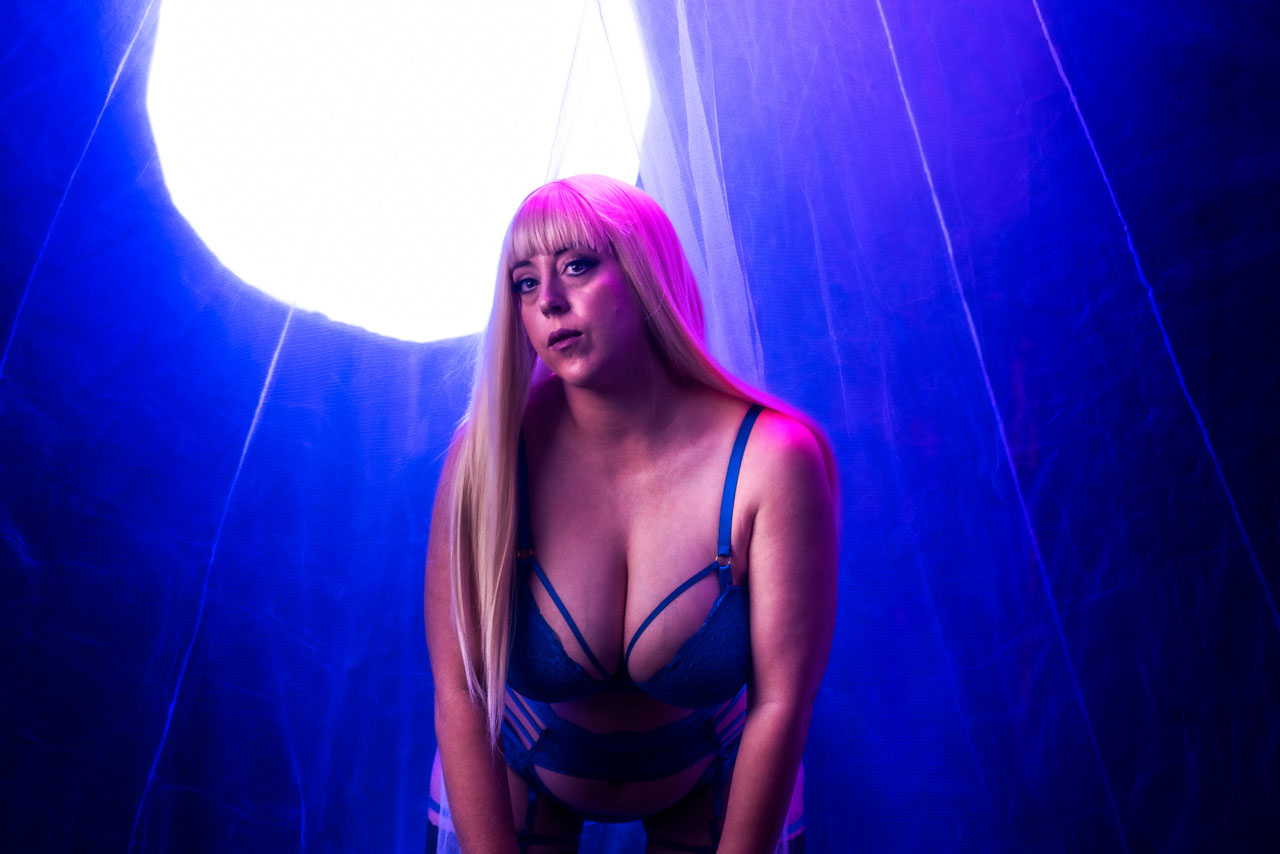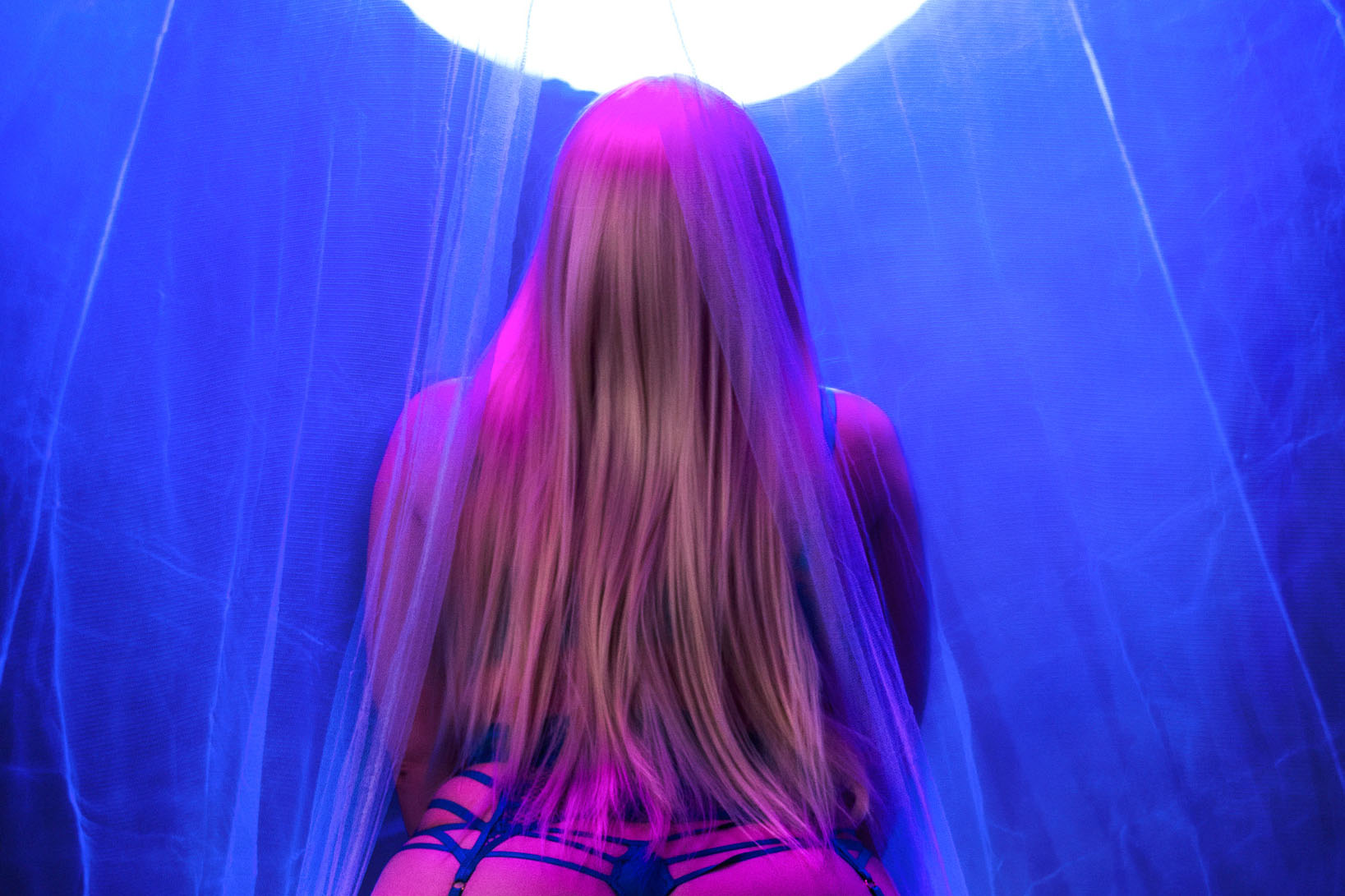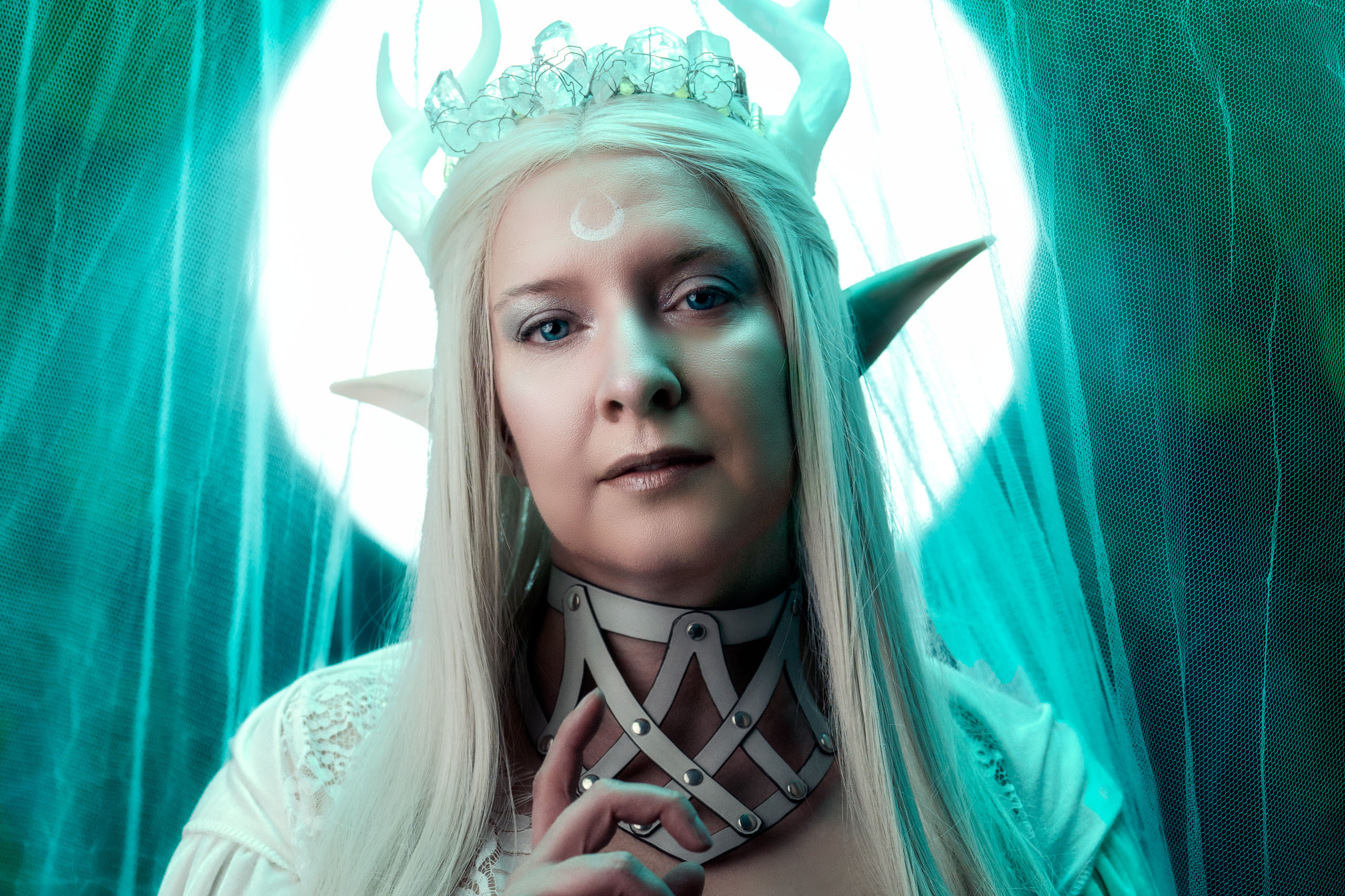Featured Portfolio
From the Blog

Why Am I Eating Onion Dip Alone? The Brutal Failure of Social Media Event Planning
Event Planning has already been solved: email calendar invites solved it years ago.
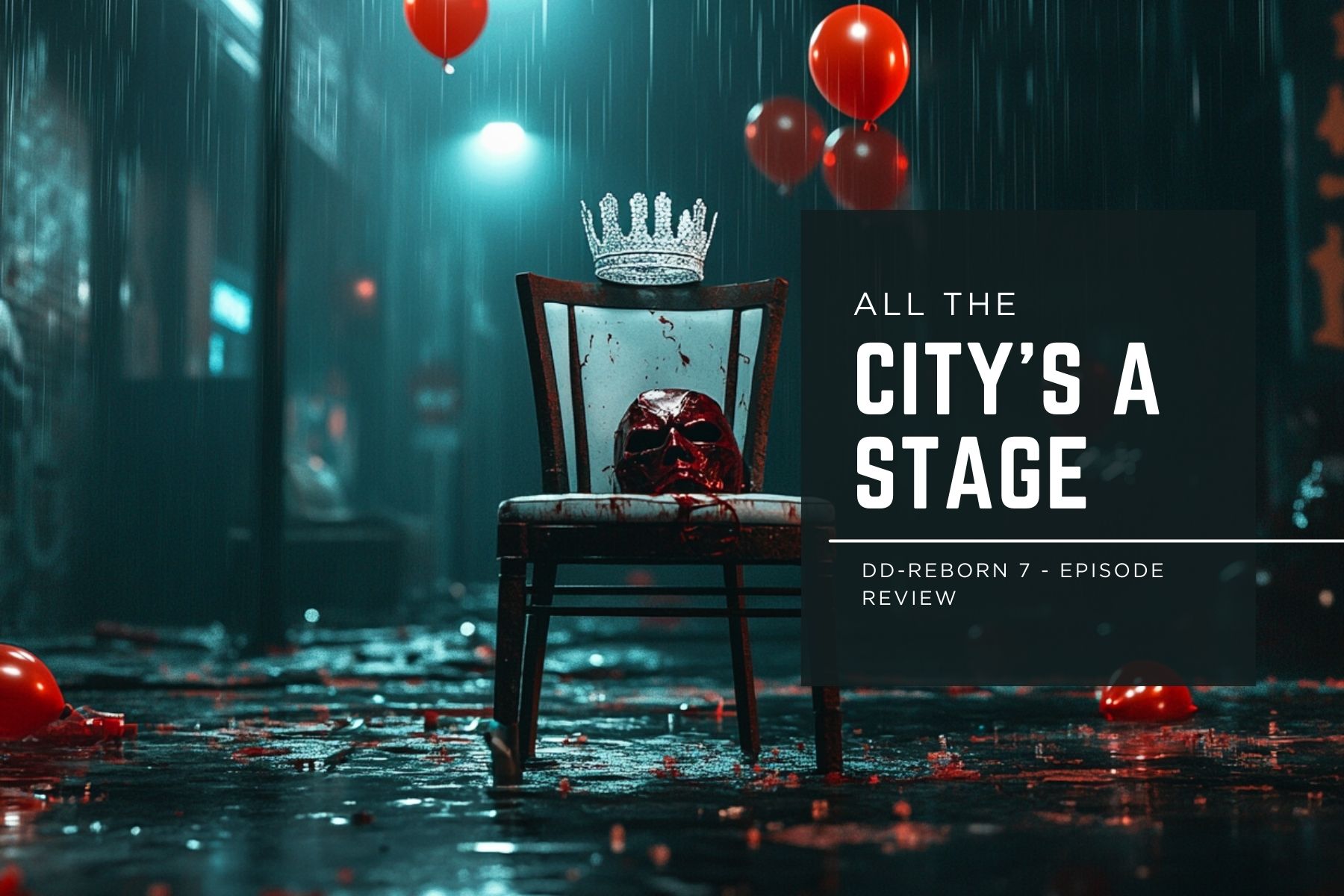
All the City’s a Stage: Daredevil Unmasked, Muse Unhinged, and the Fisks Always in Sync
This one’s not just brutal—it’s personal. Episode 7 strips away the last layer of performance, letting every character show their truest face—except the ones smart enough to keep acting. And somehow, Daredevil isn’t even the most dangerous person on screen.
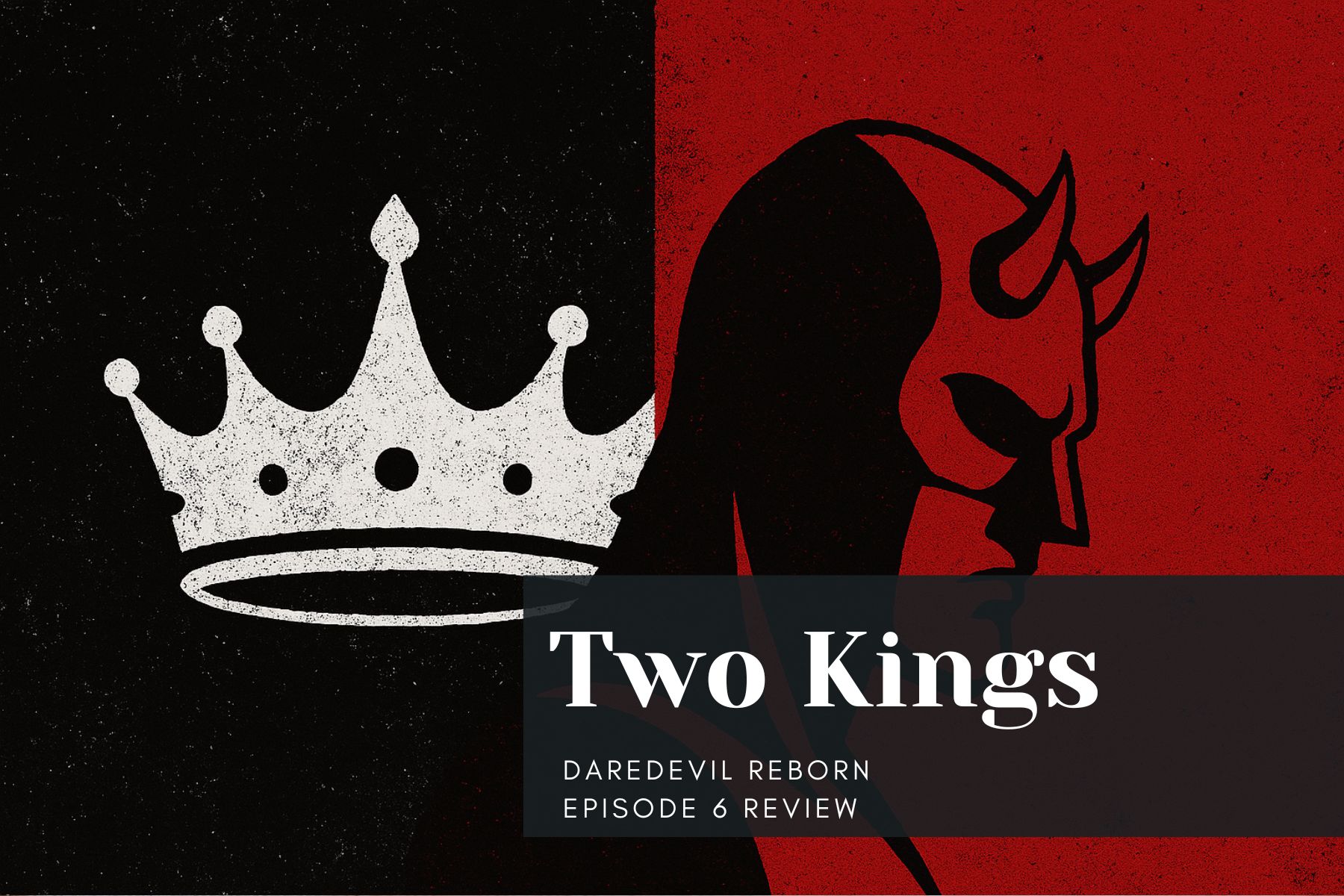
The Devil and the Mayor: Hell’s Kitchen’s Two Kings
Episode 6 isn’t just violent—it’s a goddamn thesis statement. Matt and Fisk both drop the masks and show us exactly who they are. One protects. One conquers. And Muse? He’s the chaos artist who lights the match. “Excessive Force” proves that in Hell’s Kitchen, the fight isn’t over—it’s *just getting honest*.
